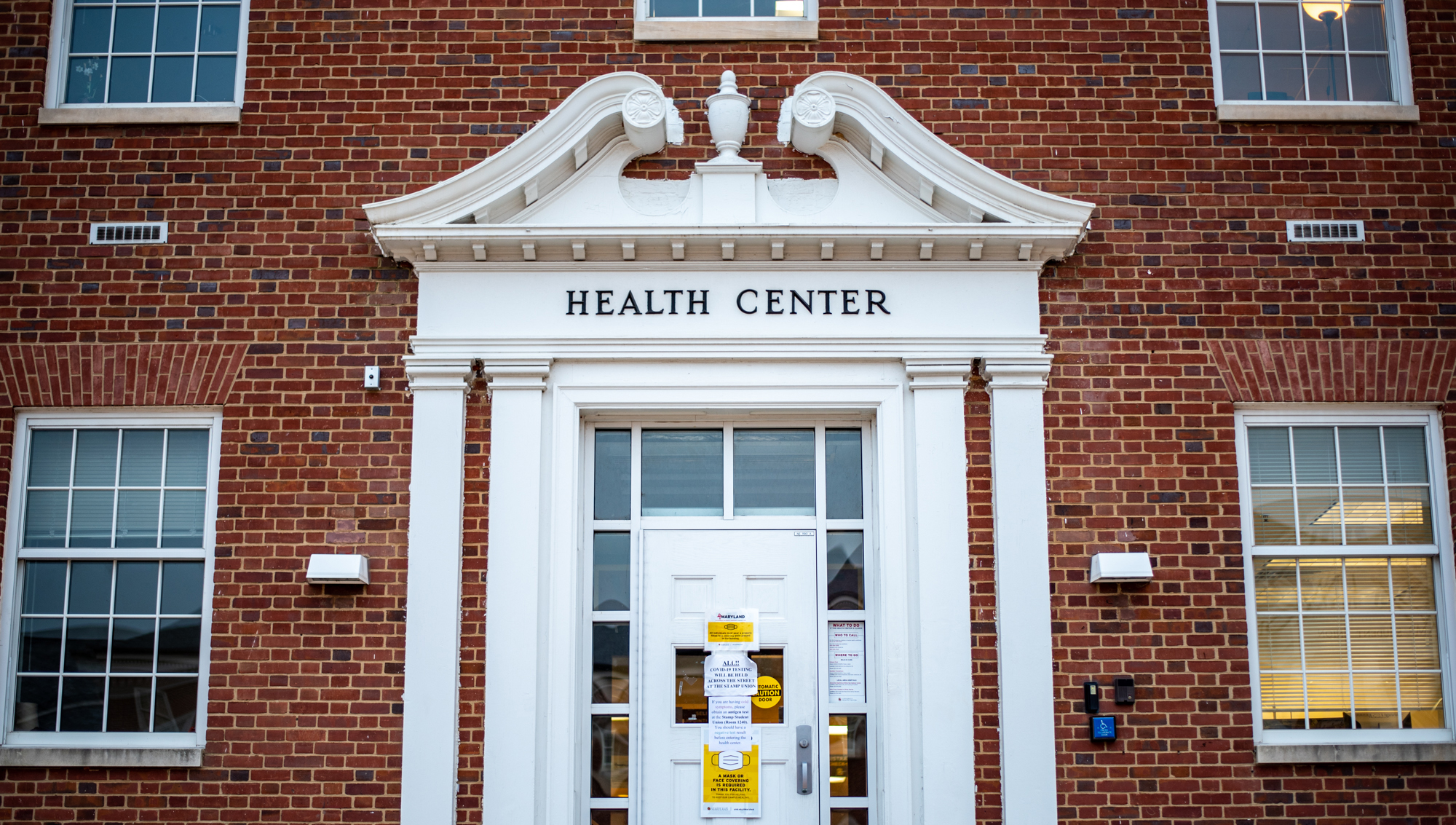The University of Maryland identified more than 1,200 coronavirus cases in the first month of the fall semester. That’s the highest tally recorded in the first month of a semester since the onset of the pandemic, according to data obtained by The Diamondback.
The latest figure is largely comprised of self-reported cases because the university is not offering mass COVID-19 testing this semester. The self-reported system likely reflects an undercount.
With coronavirus testing, vaccines and treatments increasingly available, many in the university community say a sense of normalcy is important. Cases have slowed since the start of the semester, but students and faculty say the university could have done more to mitigate the virus’s spread.
Neil Sehgal, a health policy and management assistant professor at this university, said the university is now following national trends to return to a semblance of normalcy, but it’s irresponsible to prioritize a narrative of normalcy over protecting vulnerable people.
“We struggle a lot in public health … because the reality of applying public health is emotionally difficult,” Sehgal said. “Your COVID-19 infection contributed to a chain of transmission, which may have cost someone else their life. Our leaders backed away from that narrative.”
[UMD tracked more than 700 COVID-19 cases in first two weeks of school]
This university said it expected COVID-19 cases to rise at the beginning of this semester, as has been the case for the past two years, university spokesperson Katie Lawson told The Diamondback in a statement.
Ahead of the fall semester, the university announced masks would not be required in classrooms. Students were also advised to take a rapid COVID-19 test before returning to the campus. Vaccinations, including the first booster, are also required.
Nearby, American University and University of Maryland, Baltimore County, required masks in classrooms at the start of this semester but later announced plans to lift their respective mandates.
In the past, this university has taken major action during COVID-19 surges, including canceling the winter 2021 commencement and requiring students to wear KN95 masks during final exams.
Lawson said the university makes policy decisions based on information from the CDC, state of Maryland, Prince George’s County Health Department and campus health officials. The university reviews data on cases, positivity and transmission on the campus and in the surrounding community.
University Health Center Director Spyridon Marinopoulos said the university has gone beyond CDC guidance by mandating vaccination, making testing available and encouraging masks regardless of COVID-19 spread.
Joshua Mesa, a sophomore mechanical engineering major, believes this university’s policies are fair, given the number of COVID-19 cases are declining again. But, the surge at the beginning of the semester probably warranted action from the university in the form of something like a mask mandate, especially given it was likely inevitable in the first two weeks, he said.
Hunter Kippen, a graduate assistant in the electrical and computer engineering department, said being able to socialize on campus this year has been important to him and while he would like to see a full mask mandate in place at this university, he doesn’t think the university is “doing anything particularly egregious.”
However, Kippen said transparency on internally tracked COVID-19 cases and community input on policies would’ve helped this university’s policies better serve the community. The university halted its COVID-19 dashboard in June but has continued internally tracking cases.
“They could have at least asked … ‘How can we implement this so that we can still get people to feel safe?’ Then at least the campus community has some say,” Kippen said.
[Despite lifted UMD mask mandate, long COVID patients face long road to normalcy]
Sasvi Kulasinghe, a senior biological sciences and public health science major said she would like to see COVID-19 data transparency, as well as stricter masking mandates and increased availability of PCR testing on campus.
But even if this university were to offer more COVID-19 resources to students, Kulasinghe said she’s not confident students would take advantage of those resources.
“If there was more information and more opportunities to get tested, would people really do it?” Kulasinghe said. “We're more than two years into this pandemic and there’s definitely a case of caution fatigue.”
Sandra Quinn, the chair of the family health sciences department and a senior associate director of the health equity center within the public health school, said the university should have better communicated its plans for handling COVID-19 surges, but she also understands the university is “juggling in how they handle the pandemic, how to have some semblance of a normal life.”
“Some of it is just letting people know this pandemic is still in a state of change,” Quinn said. “It will continue to move and unfold. We don't always know what's happening. And that means that we may need to come back and reevaluate our policies.”
Click here to view historical COVID-19 data obtained by The Diamondback.
Shreya Vuttaluru, Rina Torchinsky and Devon Milley contributed data analysis to this report.



